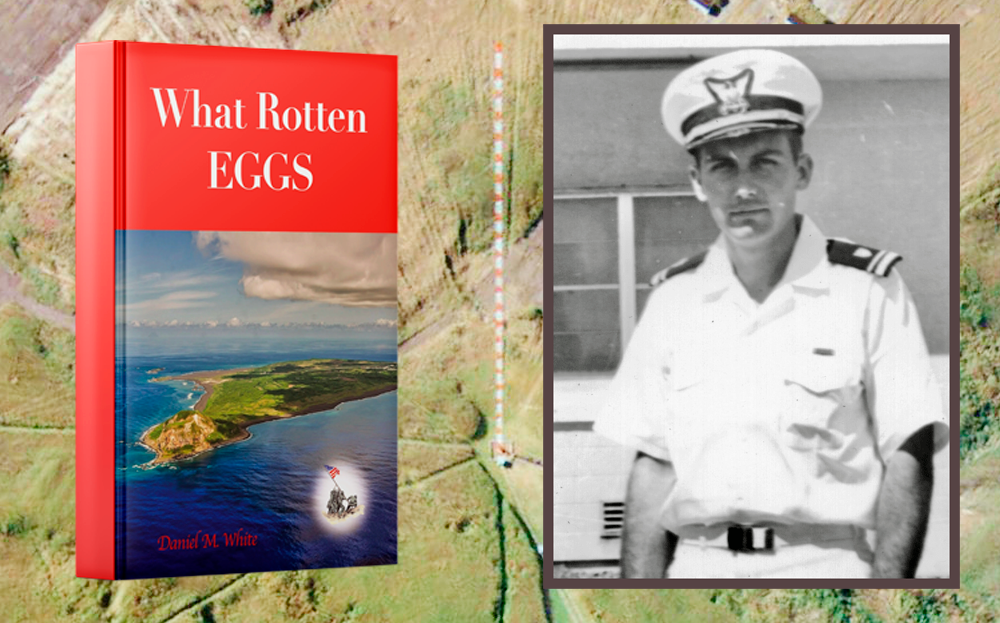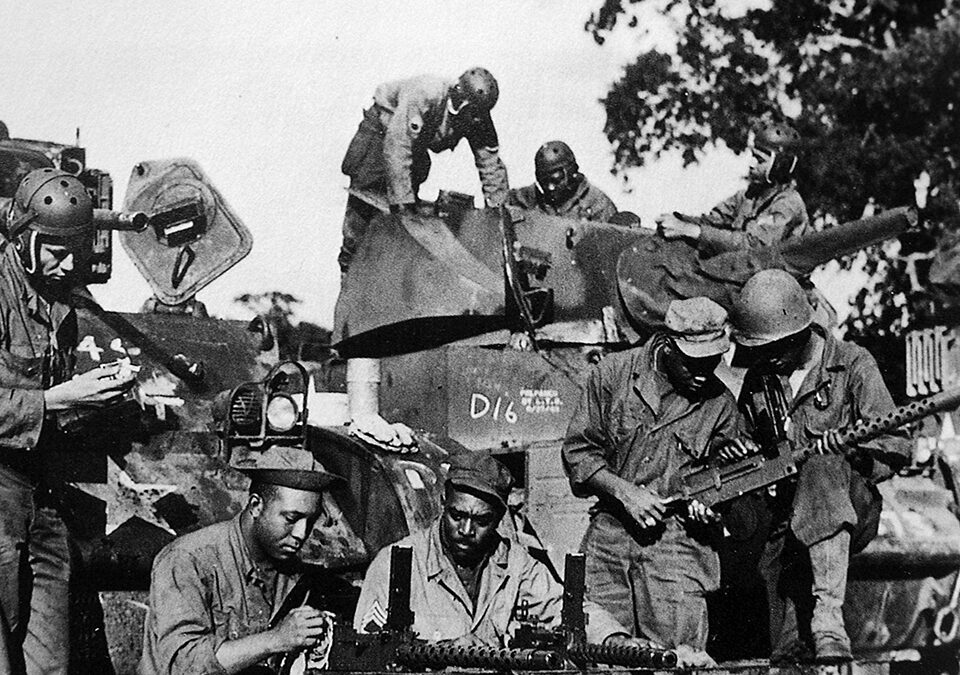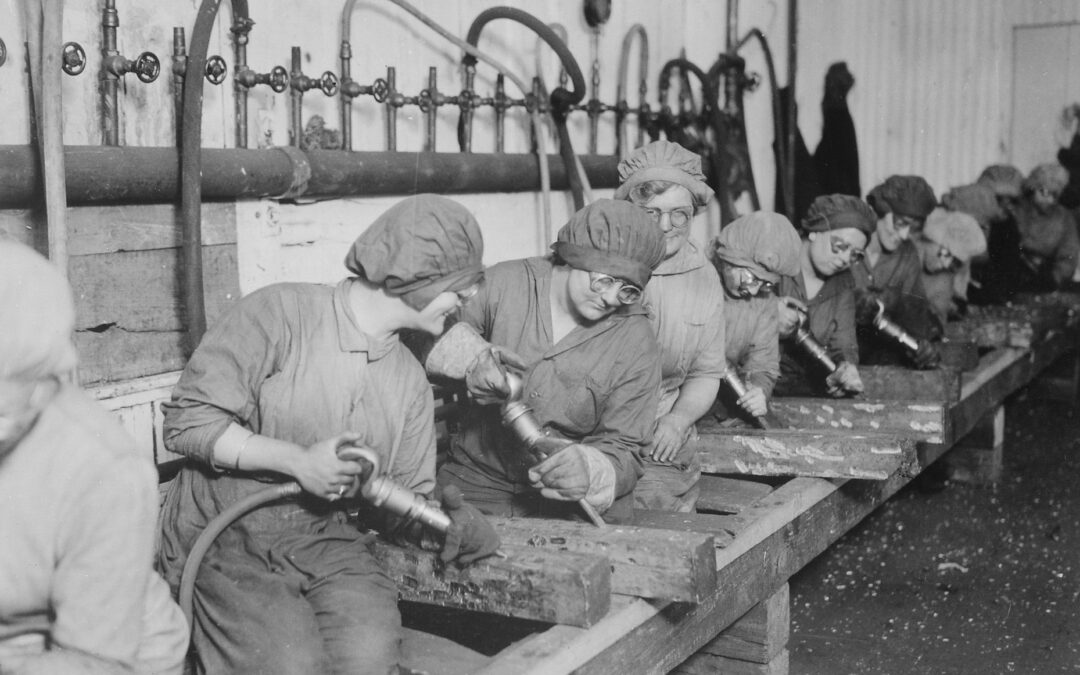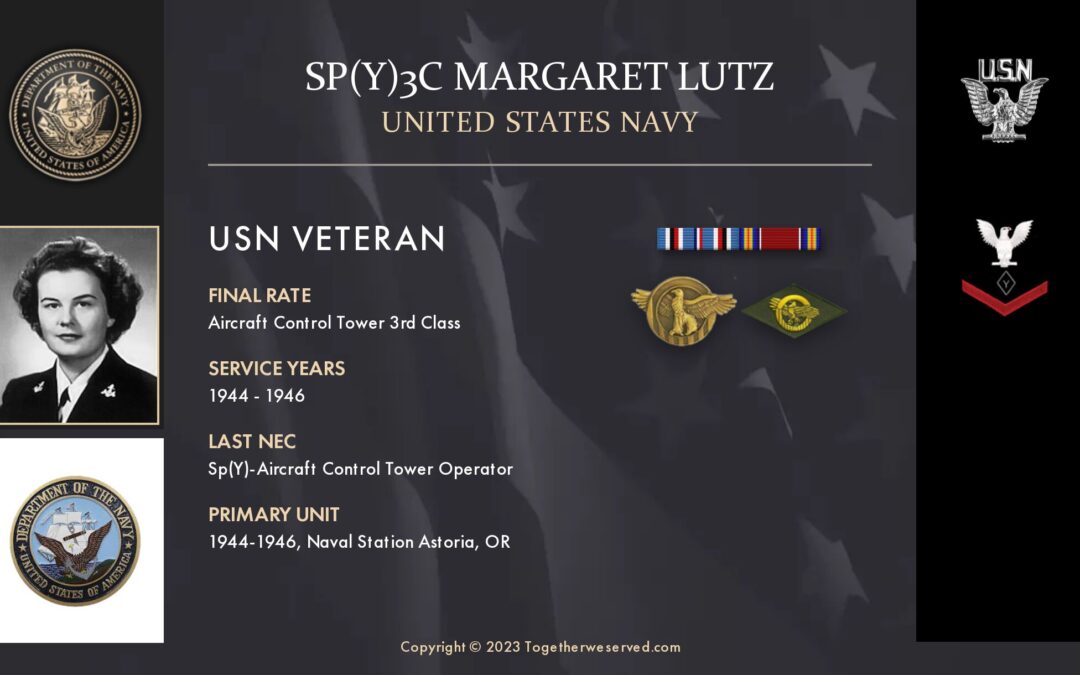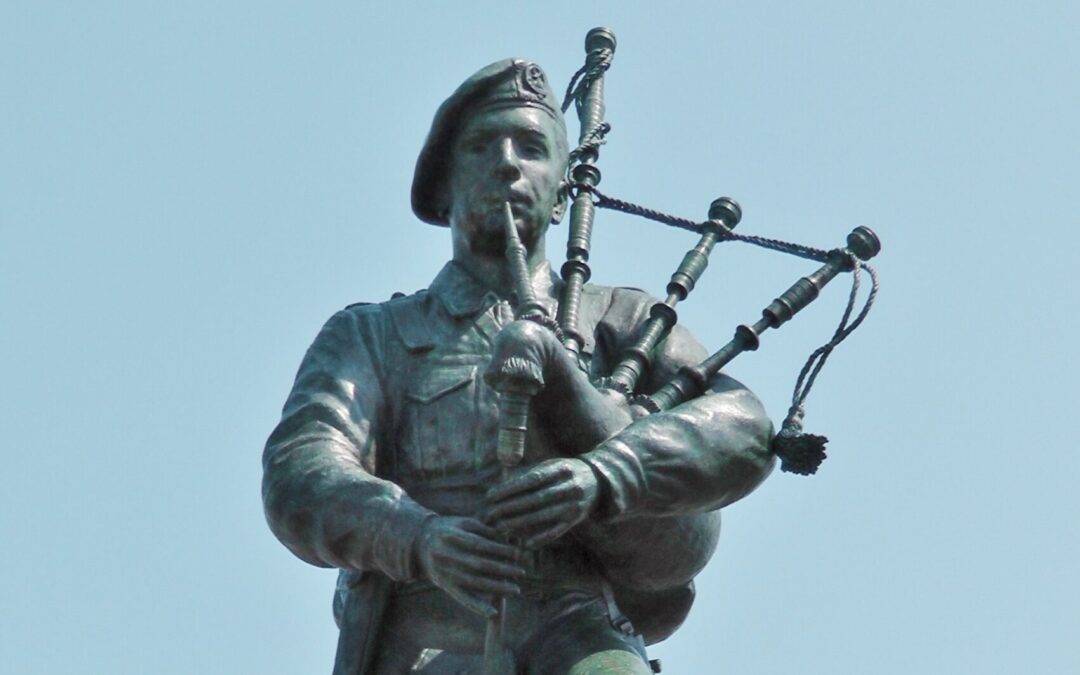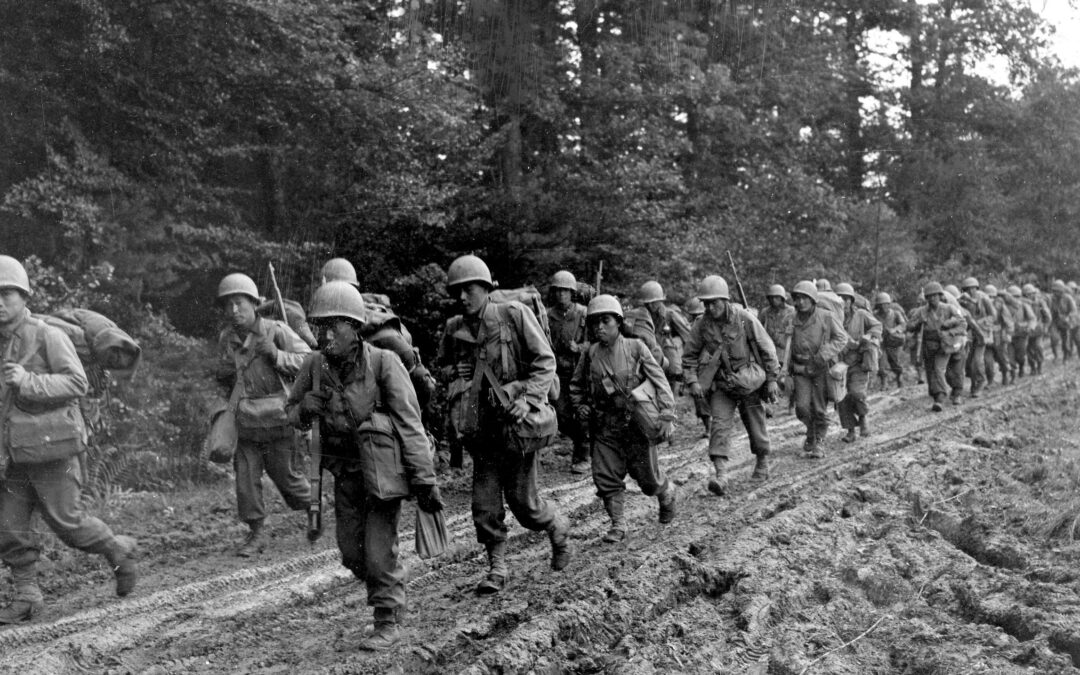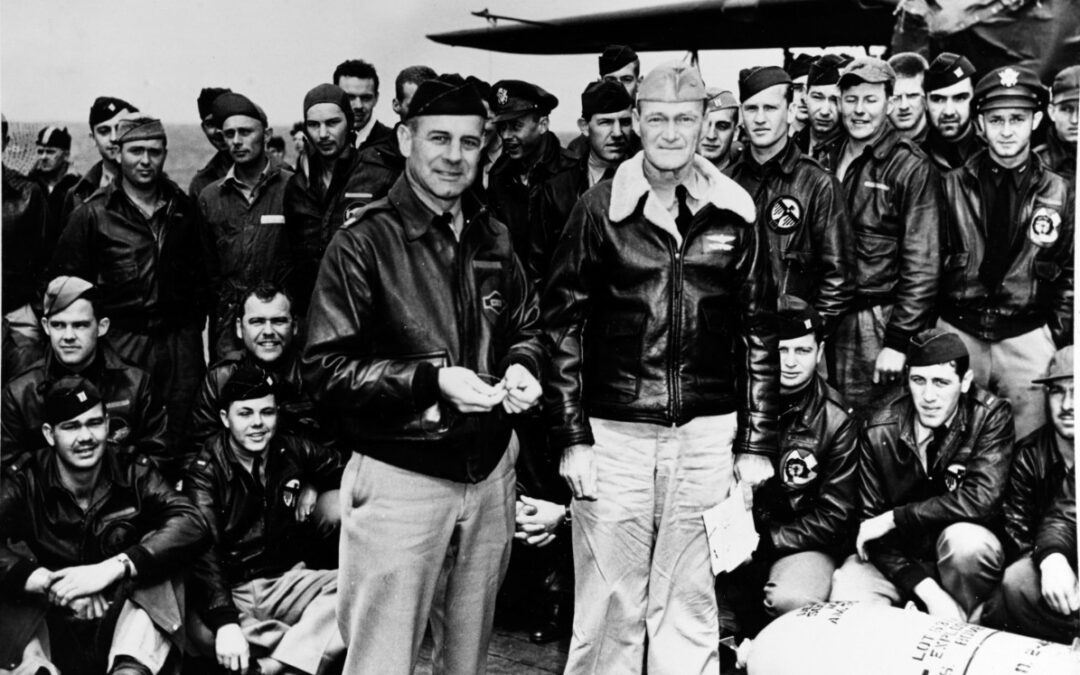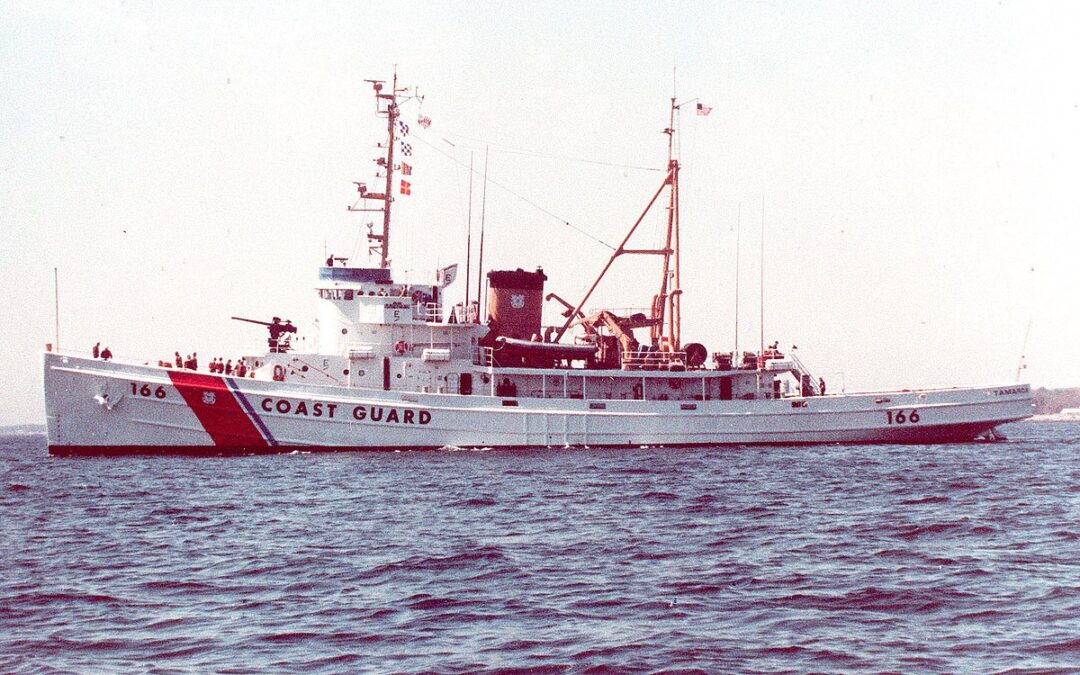During World War II, the Coast Guard built its LORAN, or long-range navigation systems, a network of land-based transmitting stations that would give military ships and aircraft a means of accurately navigating to their destinations. After the war, the LORAN became the primary means by which the entire world navigated the oceans. LORAN stations were built wherever there was local support for them, but those who worked at these remote locations often found themselves far from home, isolated, and lonesome. The LORAN on Iwo Jima was operated by the Coast Guard from World War II until it was taken over by the Japanese government in 1994. Coast Guard veteran Daniel M. White's book “What Rotten EGGS” is a fictional work based on true stories about USCG LORAN during the period after the Second World War. The book follows a Coast Guard Lieutenant as he begins a tour as the new commanding officer of the LORAN Station on Iwo Jima, Japan. While he wasn't sure what to expect on the remote...
